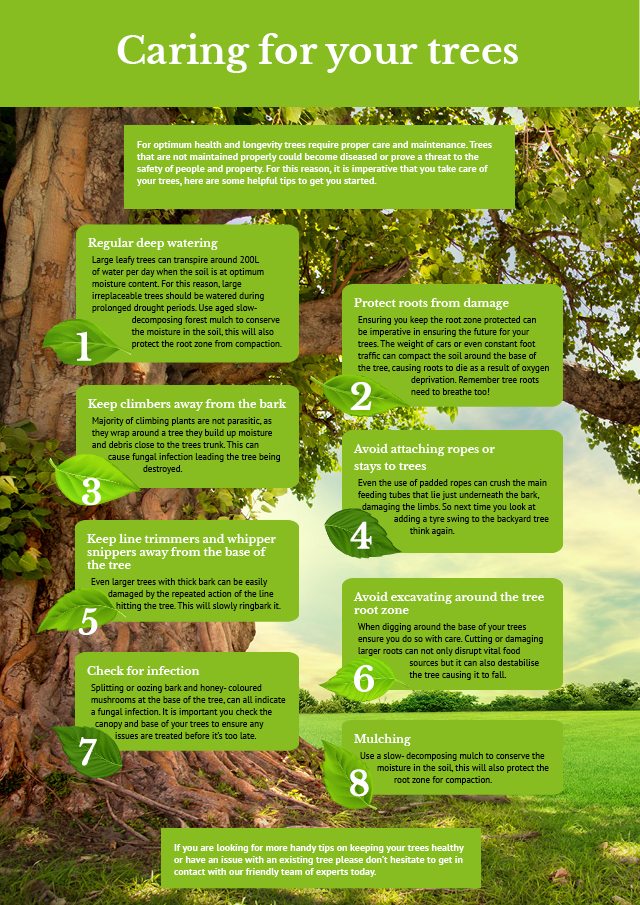Try To Find Crucial Signs That Indicate Your Tree Might Be Harmful; Knowing These Can Secure Your Residential Or Commercial Property And Liked Ones. What Should You Look For Next?
Try To Find Crucial Signs That Indicate Your Tree Might Be Harmful; Knowing These Can Secure Your Residential Or Commercial Property And Liked Ones. What Should You Look For Next?
Blog Article
Personnel Author-Reid Goodman
When it pertains to tree care, acknowledging the signs that it's time for removal is vital for your safety and property. You might observe blemished leaves, wilting branches, or odd fungal developments indicating health issue. Architectural problems, like a considerable lean or splits in the trunk, can also pose dangers. Understanding these indication can help you make informed choices regarding your trees and prevent possible threats hiding in your yard. What should you try to find next?
Indicators of Decay and Disease
When you discover signs of decay and illness in your trees, it's crucial to act quickly. Search for tarnished leaves, wilting branches, or uncommon growths like fungi. These can indicate that your tree is battling.
If you see cracks in the bark or soft, mushy wood, these signs suggest internal degeneration. Furthermore, a sudden boost in pests around your tree can signal that it's deteriorated and vulnerable.
Check for any type of dead or dying arm or legs, as they position a risk to your building and safety. If you're uncertain about what you see, seeking advice from an arborist can give clarity.
Resolving these indications early can save you from much more substantial damages and make sure the wellness of your lawn. Don't wait up until it's too late.
Structural Instability and Leaning
As you observe your trees, keep an eye out for any type of signs of structural instability or leaning. If a tree leans substantially, it might show that the origin system is endangered.
Try to find any fractures in the trunk or soil around the base; these can indicate prospective failure. In addition, check for uncommon growth patterns, like an unbalanced crown, which might recommend that the tree is struggling to hold itself upright.
If mouse click the next document see that the tree favors your home, high-voltage line, or other frameworks, it poses a higher threat. Don't overlook these signs-- consult an arborist to evaluate the scenario.
Acting early can prevent pricey damages and guarantee your security.
Dead or Dying Branches and Foliage
If you discover dead or passing away branches and vegetation on your tree, it's a clear indication that something's wrong.
These undesirable locations can show underlying problems like condition, insect problems, or environmental stress. When branches lose their fallen leaves or transform brownish, they're no longer adding to the tree's health. Overlooking these indications might cause additional decrease, making your tree a lot more dangerous.
Dead branches can quickly break off throughout storms, posturing a threat to home and individuals close by. It's vital to assess the level of the damages.
If the issue affects a considerable part of the tree, think about getting in touch with an expert. They can aid identify if elimination is required to make sure safety and security and keep the beauty of your landscape.
Verdict
If you observe any type of signs of degeneration, structural instability, or dead branches on your trees, do not ignore them. https://stump-grinding-roots72716.mdkblog.com/41160840/get-rid-of-challenging-tree-stumps-with-tested-removal-approaches-that-make-certain-a-secure-and-effective-backyard-cleanup-nevertheless-which-approach-will-be-the-most-reliable-for-your-demands can position severe safety and security dangers to you and your property. It's constantly best to get in touch with a professional arborist that can offer a professional analysis of your trees. Acting early can stop mishaps and pricey damages, ensuring your landscape remains risk-free and healthy and balanced. Bear in mind, it's better to be aggressive about tree treatment than to await a disaster to occur.
